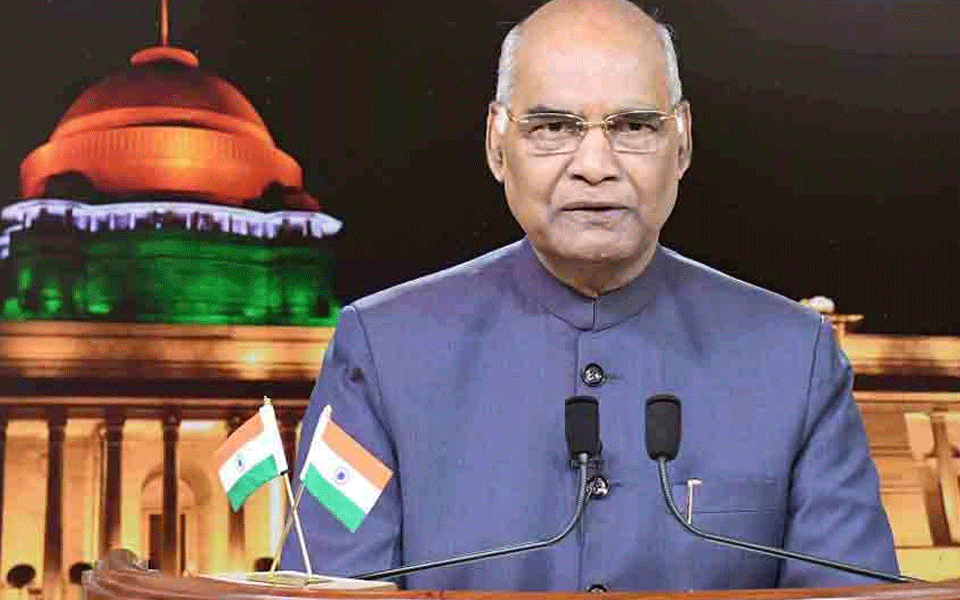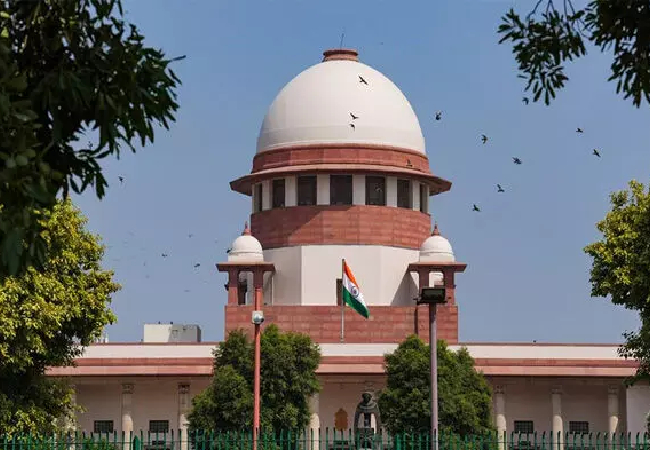New Delhi, Aug 14 : In a bid to attract global airport operators, the government on Tuesday proposed shifting from the revenue-sharing to the fixed aeronautical yield model based on the number of passenger footfalls at greenfield airports.
"The present model is revenue-sharing... the new model will be based on (the number of) passengers entering the airport. This will be the most transparent method. With new technology, the headcount is far more easier," Civil Aviation Minister Suresh Prabhu said.
In the new model, the airport operator will be allowed to earn Rs 400 per passenger per year for aeronautical services like landing and parking charges from airlines and also pay a minimum of Rs 20 and an additional concession fee per passenger per year to the concession guarantor. The additional concession fee is the bid parameter.
Sharing a draft of the new Model Concession Agreement (MCA) for greenfield airports that will remain open for public consultations till September 14, Prabhu said that it aims to make the system transparent and predictable by removing uncertainties relating to regulatory practice and revenue determination.
"We want the model to be extremely transparent and something which will not be subject to any controversy... the new regime will mean that the successful dealer will have to provide facilities that will be pre-determined in terms of quality," he added.
The concession period is 40 years and its scope is to develop, build, operate, maintain and transfer at the end of this period. There will be a moratorium on the concession fee for the first three years.
Both Rs 400 Maximum Blended Aeronautical Yield (MBAY) for 2018-19 and the concession fee per passenger will be indexed to 50 per cent inflation whereas the balance 50 per cent will have to be recovered through efficiency improvements.
Every five years, a new base rate of MBAY will be proposed and approved for the coming five years.
To prevent the bid process from failing, the government has also allowed a provision for 'Negative Concession Fee' where the proposed MBAY may not be adequate.
"Our goal is to bring in private sector investments so that we meet the goals of NABH (NextGen Airports for Bharat) Nirmaan initiative, which is accommodating a billion trips per year," Union Minister of State for Civil Aviation Jayant Sinha said.
For this, the country needs to expand its airport capacity four to five times in 10 to 15 years for which, as per the experts, it will need investment of Rs 3 lakh crore to Rs 4 lakh crore, mainly in greenfield airports, Sinha said.
The Minister said that the new model will make air travel as affordable as possible and the entire system transparent and predictable for all stakeholders.
The other aim is to increase the consumer choice related to non-aeronautical services like retail, food and beverage, entertainment and other facilities at the airport.
"We are separating the aeronautical from the non-aeronautical revenues," Sinha said.
The immediate candidate for the Model Concession Agreement will be Jewar airport, which is going to be the second airport for Delhi. Jewar will be the first test case for MCA.
"We are not determining the amount of capital expenditure the airport operator will bring in as we are not determining tariff on a cost plus basis... our main focus now will be on ensuring top-class service," Civil Aviation Secretary R.N. Choubey said
The new model puts a cap on the aeronautical tariffs to Rs 400 per passenger, which is Rs 40 less than the current charges at the top five airports of the country, as per the officials. For the non-aeronautical charges, the consumers can decide whether to spend or not.
Let the Truth be known. If you read VB and like VB, please be a VB Supporter and Help us deliver the Truth to one and all.
Panaji (PTI): Hours after six devotees lost their lives in a stampede during a temple festival in Goa, the state government on Saturday ordered the transfer of five senior officials, including the North Goa collector and the superintendent of police.
"In order to ensure free and fair inquiry, the government has transferred District Collector Sneha Gitte, Superintendent of Police (North) Akshat Kaushal, Deputy Superintendent of Police (Bicholim) Jivba Dalvi, Deputy Collector (Bicholim) Bhimnath Khorjuvekar and Police Inspector Dinesh Gadekar with immediate effect," Chief Minister Pramod Sawant told reporters.
Addressing a press conference in Panaji, Sawant said a fact-finding committee, headed by State Revenue Secretary Sandeep Jacques and comprising senior police officer Varma Sharma, Parimal Abhishekh, State Director of Transport, and Tikam Singh Varma, SP, South Goa, as its members has been constituted.
Sawant said the panel will visit the stampede site at Shirgao village and prepare a report after speaking with all the concerned persons, including the Superintendent of Police, Collector, and officials of Fire and Emergency Services.
The committee will submit its report by Sunday morning.
Sawant said the death toll remains six. Eleven injured people were admitted to Goa Medical College and Hospital and five of them are on the ventilator, while eight persons are undergoing treatment in North Goa District Hospital.





